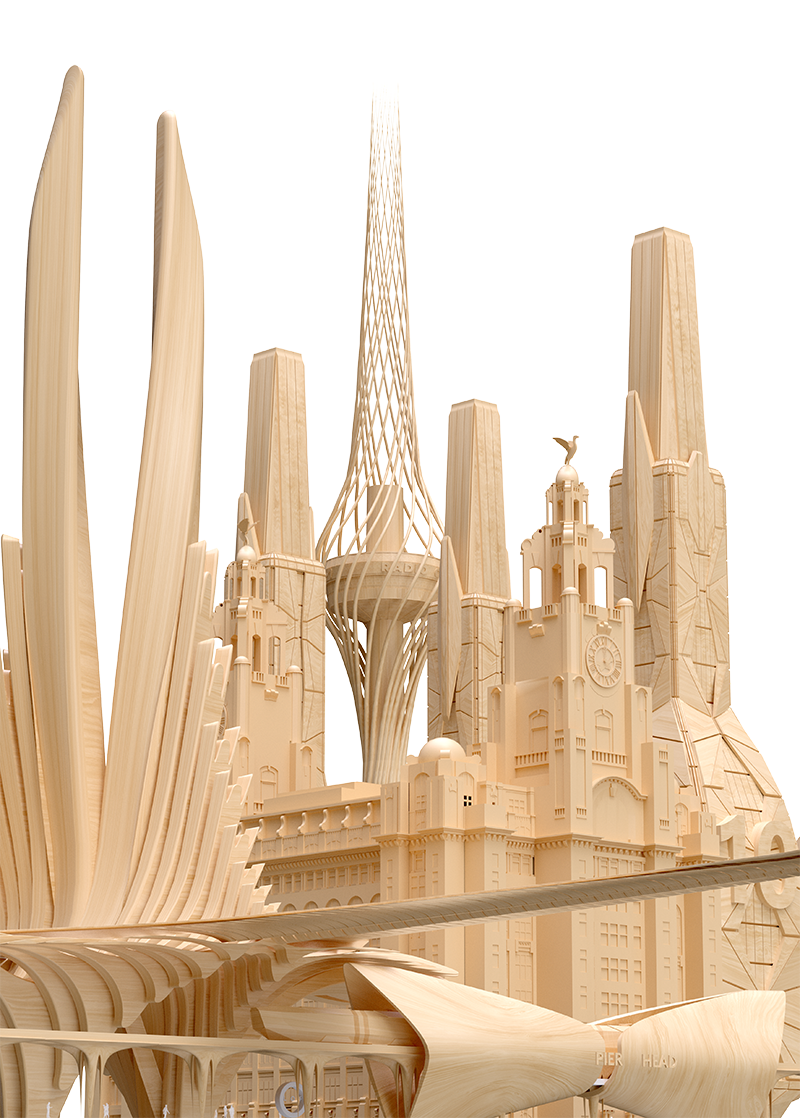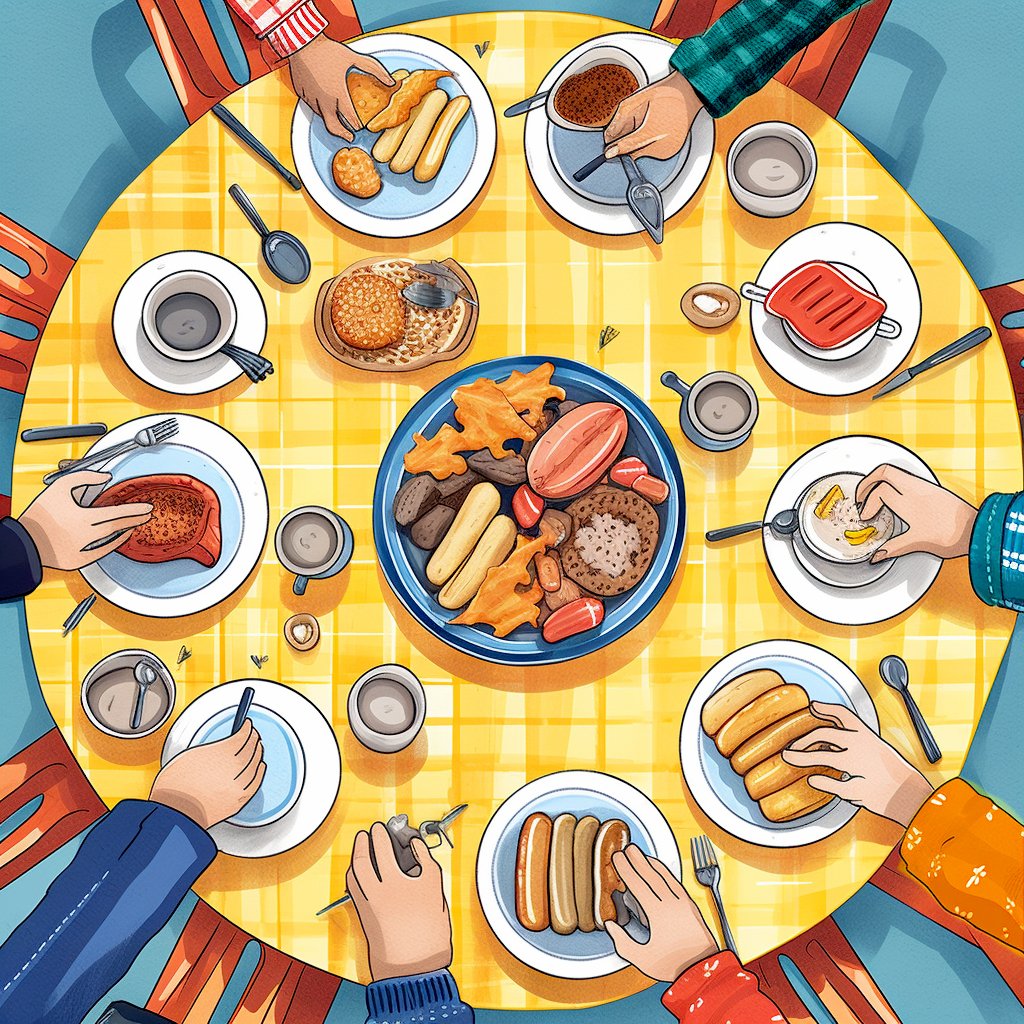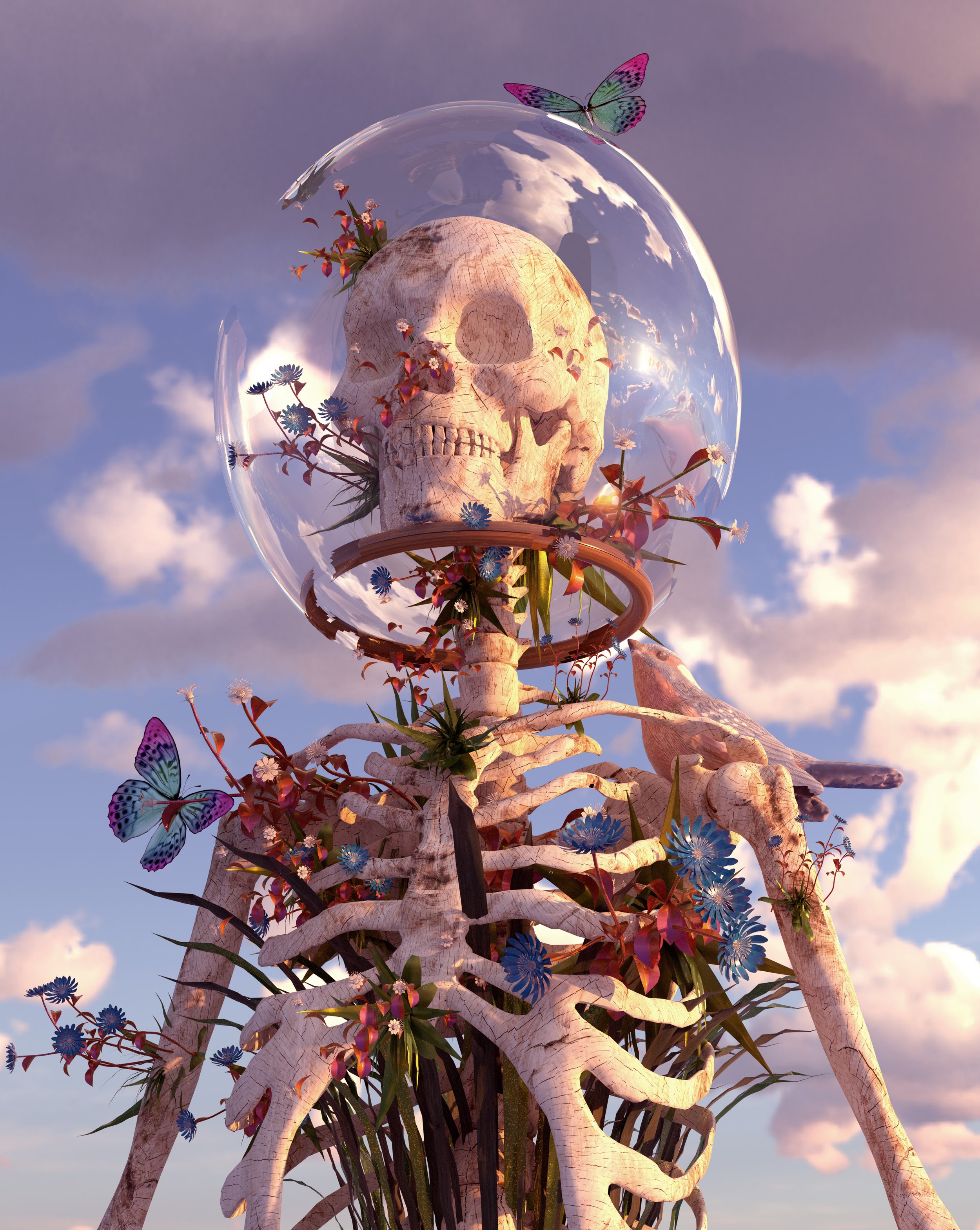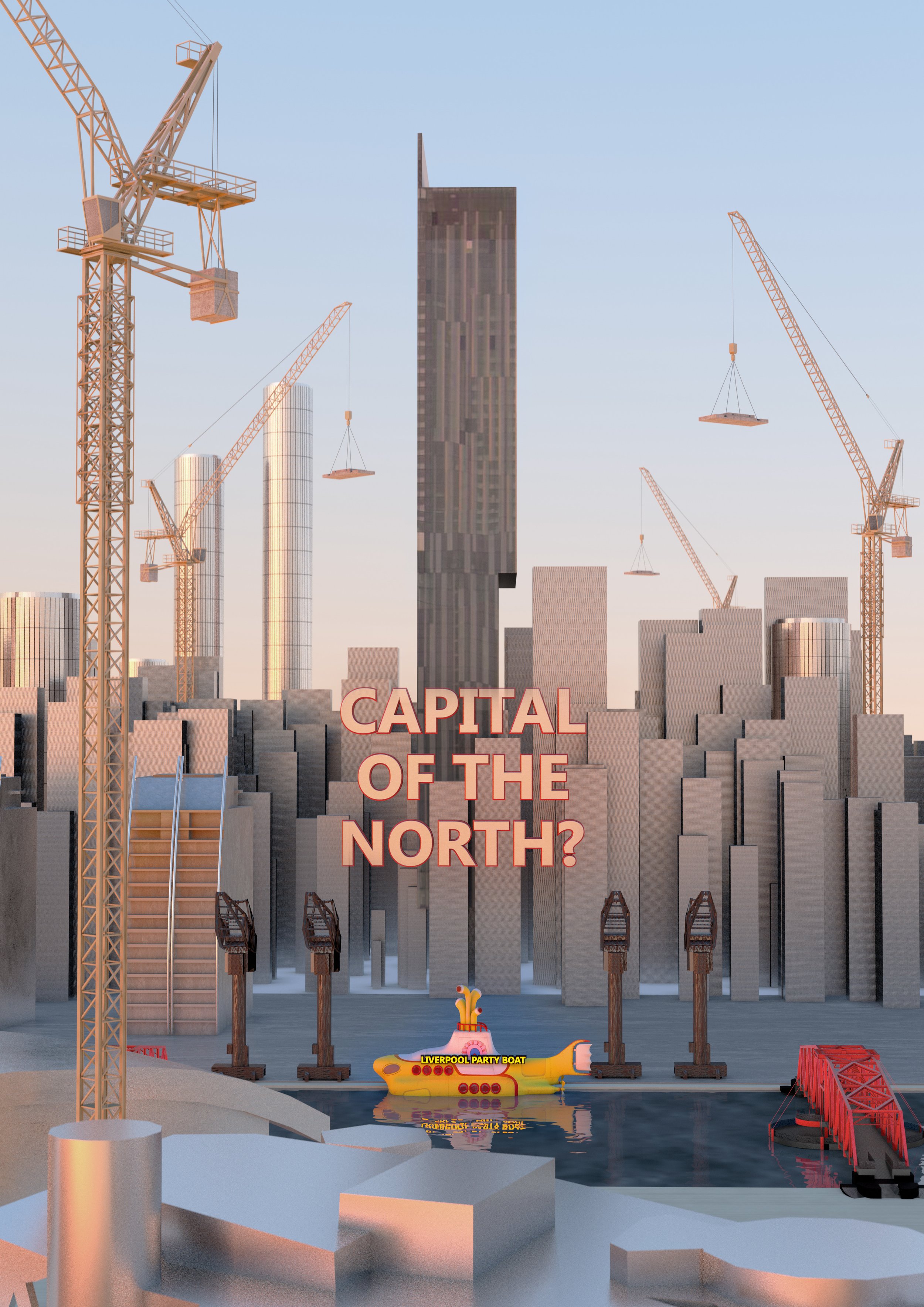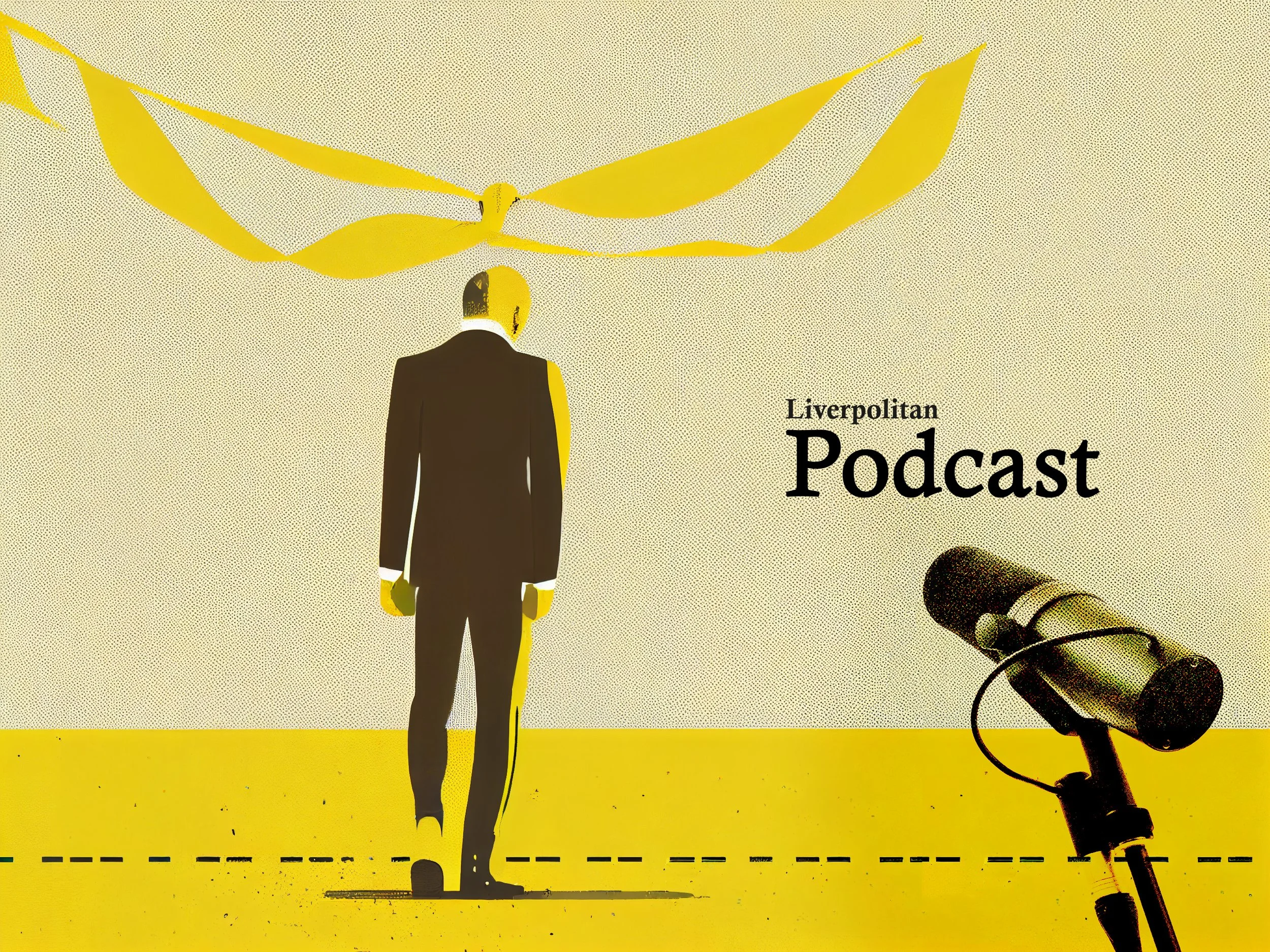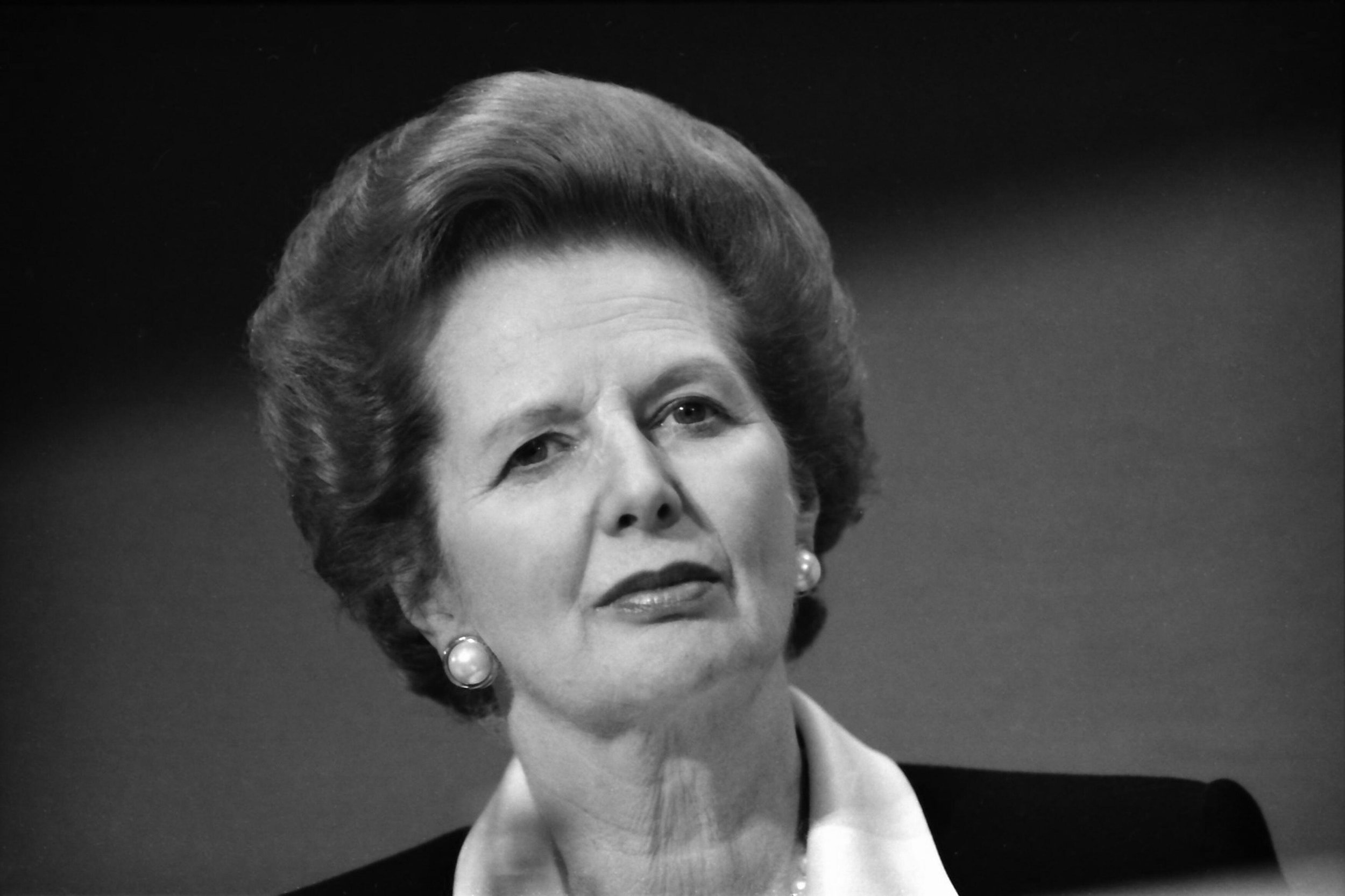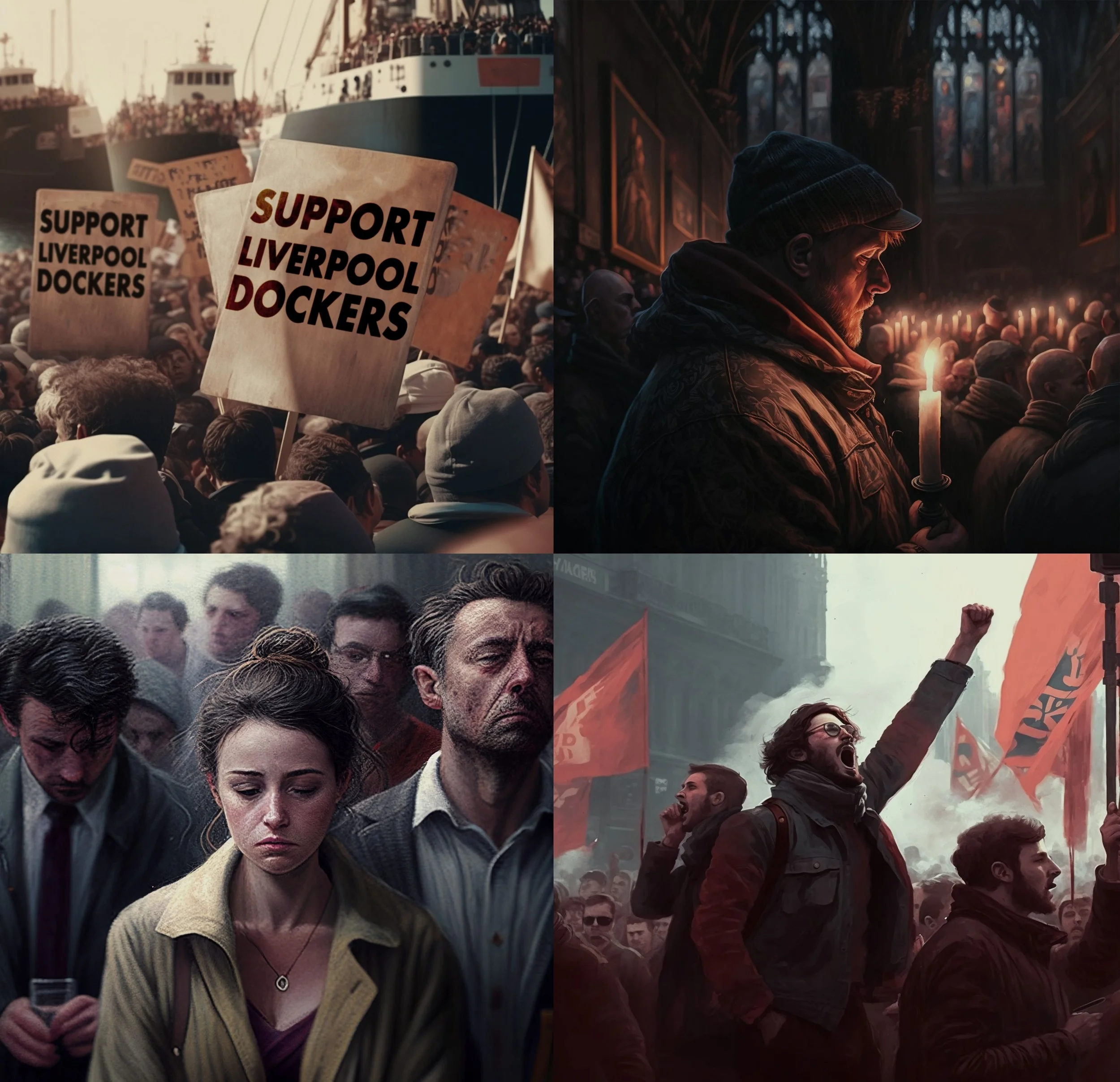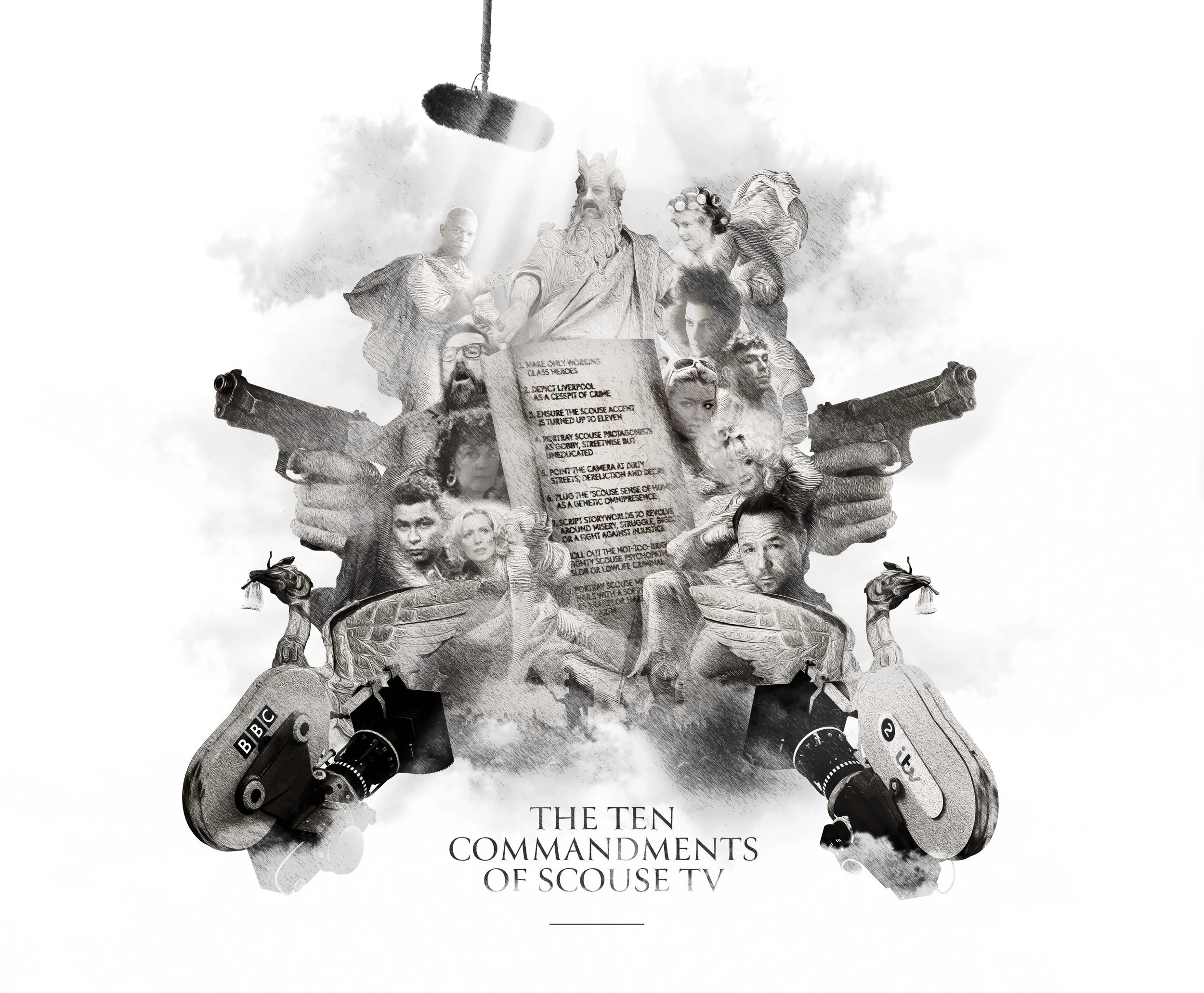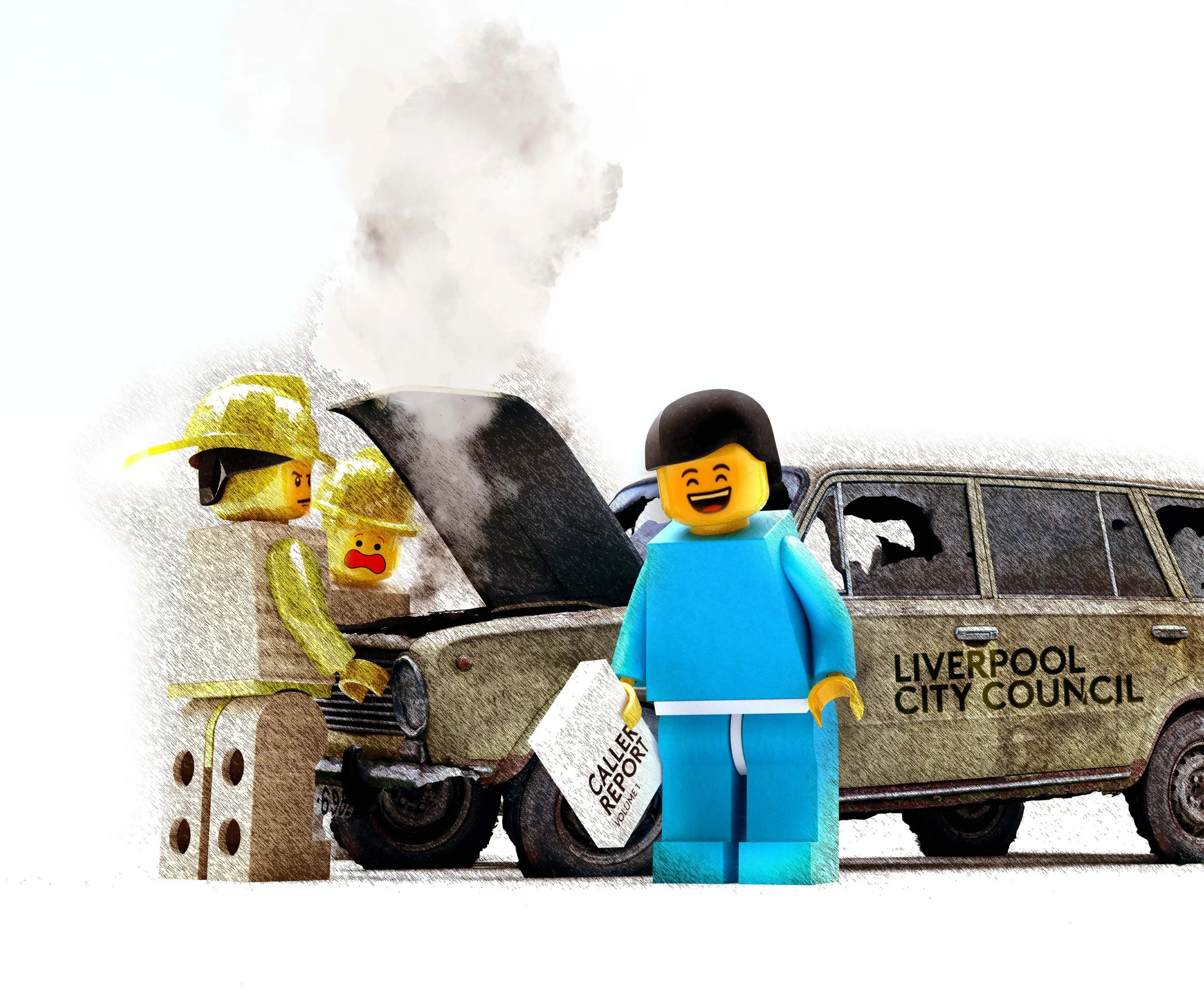Recent features
No Platforming: Taking statues off their pedestals
Statues have been on the front line of the culture wars ever since protesters dragged the bronze figure of ex-slaver and merchant, Edward Colston into Bristol Harbour. Today, the fate of many other controversial statues still hangs in the balance. But while some argue for their removal and others try to re-contextualise them in brightly coloured outfits often designed to mock, Art Historian, Ed Williams argues there’s a third way of dealing with them - bring the statues down to our level.
Ed Williams
An unforeseen consequence of the enforced closure of our cultural institutions during the recent ‘lockdowns’ is that the curious and bored alike encountered, perhaps for the first time, the numerous statutes and public monuments located in our major towns and cities. Much like an open air exhibition, these free ‘exhibits’ were one of the few cultural experiences available during the uncertain and tedious days of enforced ennui.
Liverpool, like many cities of a similar ‘vintage’, has a plethora of statues. They are a testament to the city’s ‘fathers’ and an attempt to engender a sense of civic pride, commemorating as they do the legacy of the ‘big men’, the ‘great and the good’. These honoraries were predominately white, bourgeoisie males who (allegedly) conformed to the idealised values of piety, philanthropy, the championing of free trade or military prowess in some overseas campaign.
Though for many such art works elicit nothing more than indifference as they hurry past in the rain, for others contemporary reaction has become deeply politicised, ranging from visceral contempt to staunch defence. Most graphically, the toppling in Bristol of the statue of slave trading merchant Edward Colston and the perceived threat posed to others draws attention to the fiercely contested debate between those who seek their removal and those who feel that such change represents an existential challenge to ‘tradition’ and ‘history’, a reductive dispute that places figurative sculpture very much on the battle front in the ongoing ‘culture wars’. In light of such a polarised debate perhaps there is an alternative approach to removal or maintaining the status quo, one which seeks to re-imagine the role of public figurative sculpture altogether. Fundamental to this approach is to question why do sculptures exist? What, if any, function do they serve and can these aims be achieved via alternative means?
Different approaches to the statue problem. Some take direct inspiration from events in Bristol…
The vogue for erecting sculptures of the ‘worthy’ emerged in Britain during the late eighteenth century, a period in which the nascent British Empire sought to emulate, through wholesale adoption, the tastes and virtues of the great classical civilizations of Greece and Rome.
This fascination with statues reached its peak in the Victorian era when it approached something akin to mania. Liverpool, like the majority of towns and cities in the North of England had experienced relatively recent urbanisation. Unlike those great ecclesiastical centres of York, Chester, Hexham or Durham, most of the ‘boom’ towns of the Industrial Revolution lacked the convivial Roman ruins, medieval fortifications, or ancient sites of worship that conveyed a sense of historic importance, so a new civic story was required for these modern metropolises. Sculpture allowed a sense of ‘history’ to be created instantly. Committing a likeness to bronze, or more commonly embalming in marble those local or national heroes provided more than just a mnemonic memory device for the masses (something which the recently developed art of photography was mastering with ever greater verisimilitude). The statue was first and foremost a didactic tool for conveying officially sanctioned moral education. ‘Here before you stands’, his (rarely her) virtues and triumphs, dates and places listed instructively. This way, civic history, like classical history can be taught by rote through stone to future generations of proud civic citizens.
The toppling in Bristol of the statue of Edward Colston and the perceived threat posed to others places figurative sculpture very much on the battle front in the ongoing ‘culture wars’.
These moral lessons were further, powerfully enhanced by the sighting of works on plinths. The public were compelled to literally ‘look up’ to these individuals, lending them an almost god-like aura, respectful awe implicit in the architecture. Conversely they (the statues) cast a downward glance upon us, lesser mortals, few, if any of whom, would be deemed worthy of such sculptural dedication. This asymmetric relationship is perhaps the most contentious issue, in this author’s opinion. Why should we be compelled to look up? Craning one’s neck skyward is not the ideal way to view any artwork, especially when dealing with the additional height of those old regal and military favourites, the mounted equestrian statues. Frankly from this vantage point you might conclude that one stylized representation of a Victorian is much the same as the other (and oddly never too dissimilar to the late Prince Albert). Whilst the curious amongst us may trouble ourselves to read the plinth plaque (though many are so weather worn as to be illegible) their elevated position compromises comprehension. We simply cannot appreciate, nor begin to truly understand and scrutinize, the work from this position.
Stranger still perhaps is the location of such works, often arranged together in neat, parallel rows or clustered together as in Liverpool’s St John’s Gardens. Was this an attempt to create an open air pantheon of sorts? Yet as time passes, and we become ever more distant to the reasons why these people were heralded in the first place, the result often feels more like a dusty necropolis, a graveyard of dead luminaries, littering the city, lest the tourists be interested.
If such works now appear to be instructive failures could their continued presence perhaps reveal something more contentious? Are they not now reminders of a ‘once great past’, a symptom of the wider British malaise, the fetishization of previous times, those fabled ‘good old days’? This fatuous narrative remains a potent deceit, which serves to stymie progress, especially in a city like Liverpool where heritage is pinned as our number one asset. If things were indeed better ‘back then’, we truly are doomed. In light of the supposed ‘culture wars’ a wider debate is needed to determine the proper place of the past in our national dialogue, and one starting point may be statues and their continued legacy.
Sky Arts, Northern Town and Culture Liverpool chose to redress statues in ways designed to be celebratory or confrontational
Former Prime Minister, Benjamin Disraeli re-dressed in rainbow colours by artist Daniel Lismore to reflect his conflicted relationship with homosexuality. Photograph by David Edwards, courtesy of Sky Arts.
This author’s, perhaps provocative suggestion is not to remove these works, nor to ‘re-purpose’ them in the latest postmodern fashion by ‘dressing them up’ in colourful clothes, as was seen during the recent Sky Arts ‘Statues Redressed’ programme, but rather to remove them from their plinths and site them at ground level. This way we can encounter these figures more closely as physical equals and as fallible humans, not superior secular gods.
Such an approach is not unprecedented. More recent commissions such as the statues of Sir John and Cecil Moores in Church Street, The ‘Fab Four’ at The Pier Head and those of Sir Ken Dodd and Bessie Braddock at Lime Street Station are all sited at pavement level. Being devoid of plinths it allows us to interrogate their features and to consider them further as real people, rather than simply ‘grandees’. In short, we encounter and experience the statues as figurative artworks, not pieces of sociological propaganda. Divested of their lofty position, we can begin the process of critique from a more nuanced position. After all, the measure of history’s heroes and villains is rarely clear cut. Prime Minister Winston Churchill, the ‘Greatest Briton’ according to a BBC poll, was also an incompetent military adventurer (Gallipoli) and violent strike breaker (Gun Boats on the Mersey), who allowed millions to starve in Bengal during the Second World War. The truth is, simple judgements are not always easily arrived at. Life is complex. Besides, if you look at our most popular media tastes today, we tend now to prefer the flawed anti-hero, or loveable rogue over the unsullied but rather boring saints of yesteryear. Heath Ledger’s Joker was a far more compelling character than Christian Bale’s growling Batman. Such dubious figures may be perceived as models for redemption for those of an optimistic streak, or perhaps they remind us that we are all deeply fallible, despite our best efforts. In seeking to bring statues ‘down to our level’, we are effectively humanising them in order to better understand them. That doesn’t mean that we necessarily forgive them their sins, just that we are in a better position to take a view.
Clockwise starting top left: Stone relief of 2 slave children (St Martins Bank), a petition for its removal attracted approx 2000 signatures; Penny Lane street signs were defaced despite no proven link to slavery; Chained prisoners of war beneath a victorious Admiral Nelson (Exchange Flags), the figures are often mistaken for African slaves; Explorer Christopher Columbus dressed in an African-inspired Elizabethan ruff (Sefton Park Palm House) as part of the Sky Arts project, Statues Redressed. Images courtesy of Jane Anderson
Notwithstanding Lenin’s allegedly prophetic assertion that statues are for pigeons to shit on, commissioning figurative sculptures remains as popular as ever. Is this evidence of their continued cultural significance, or yet another example of a paucity of imagination when faced with the tyranny of ‘tradition’? Is their use so hard wired into our cultural psyche that we have no other alternative but to default to the obligatory statue as the go-to reminders of our latter day worthies? Who knows but at least today the metal and stone pantheon has been somewhat democratized with footballers, comedians, actors and musicians just as likely to get the nod (sometimes with dubious results). This is most probably a good thing as welcome evidence of a more meritocratic society which appreciates and applauds those whose lives and work resonate more with ‘ordinary’ people. A cynical alternative may be that we just set the bar on achievement too low or are just a bit too quick to judge greatness?
In recent years, it’s not uncommon to see the subject of a statue, still living and breathing, pulling back the curtain on their own likeness. In this way, they get to enjoy all the benefits of exalted, sanctified status, while still being very much of this world. Sometimes however, the public reaction is not what was hoped for, as Fulham Football Club’s hasty removal of their Michael Jackson statue would attest. Dictators such as Saddam Hussein have also lived to see their own sculptures pulled to the ground, while once omnipresent busts of Lenin are now in Russia conspicuous by their absence. This rush to cast a likeness does suggest a certain growing transience in the form – statues turned into short-lived consumables, instead of boasting the forever quality that their form implies.
Devoid of plinths, divested of their lofty position, we encounter and experience the statues as figurative artworks, not pieces of sociological propaganda.
Today’s ‘legends’ are often described as ‘idols’ and idols are naturally associated with worship, venerated to the grave and beyond by their acolytes. The phrase ‘immortalised in stone’ hints at the unspoken pact – you may die but your memory will live on forever. But what happens when all that knew them or knew of them, or who valued their achievements are gone?
And on the pedestal, these words appear;
‘My name is Ozymandias, King of Kings;
Look on my Works, ye Mighty, and despair!’
Nothing beside remains. Round the decay
Of that colossal wreck, boundless and bare
The lone and level sands stretch far away.
So wrote, the great romantic poet Percy Shelley in his poem, Ozymandius, about a statue half sunk and very much forgotten in the remote desert sands.
Whilst this may strike some readers as peculiar, cults of adoration pass with time, memories fade and the ‘legends’ supporters pass on themselves. All is forgotten. This leaves us to ponder, what do we do with such ‘relics’ when they no longer matter to anyone still alive? Should we consider them as historical artefacts, totemic symbols of a past creed? Should we dispose of them discreetly, or are they, as I would suggest, worthy of consideration as art objects, as opposed to yet another example of ossified history?
Like sculpture from antiquity, considering them as art, rather than artefact, may engender a more human, civilized response to the ideas of our forebears. Let us not be too judgemental in our critique of how our antecedents perceived their world. No generation has a monopoly on ‘truth’ or ‘virtue’. Let us be free to consider each work as an individual piece, divested of its grandeur and pomp, having been brought back down to earth.
Ultimately the best thing about the past, like this article, is that it is over.
Ed Williams is an Academic Art Historian who works for TATE Liverpool. He is passionate about all aspects of visual culture and enjoys sharing his knowledge with interested groups.







